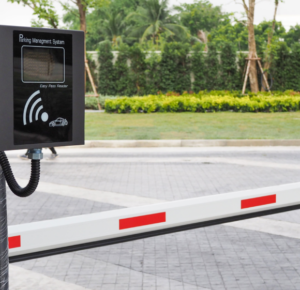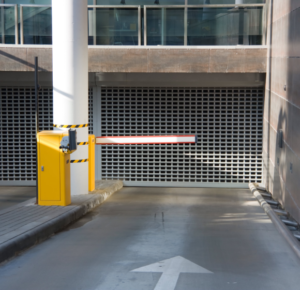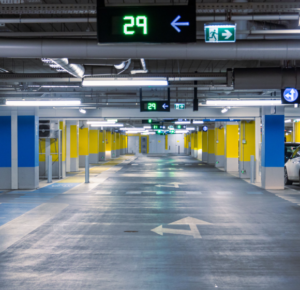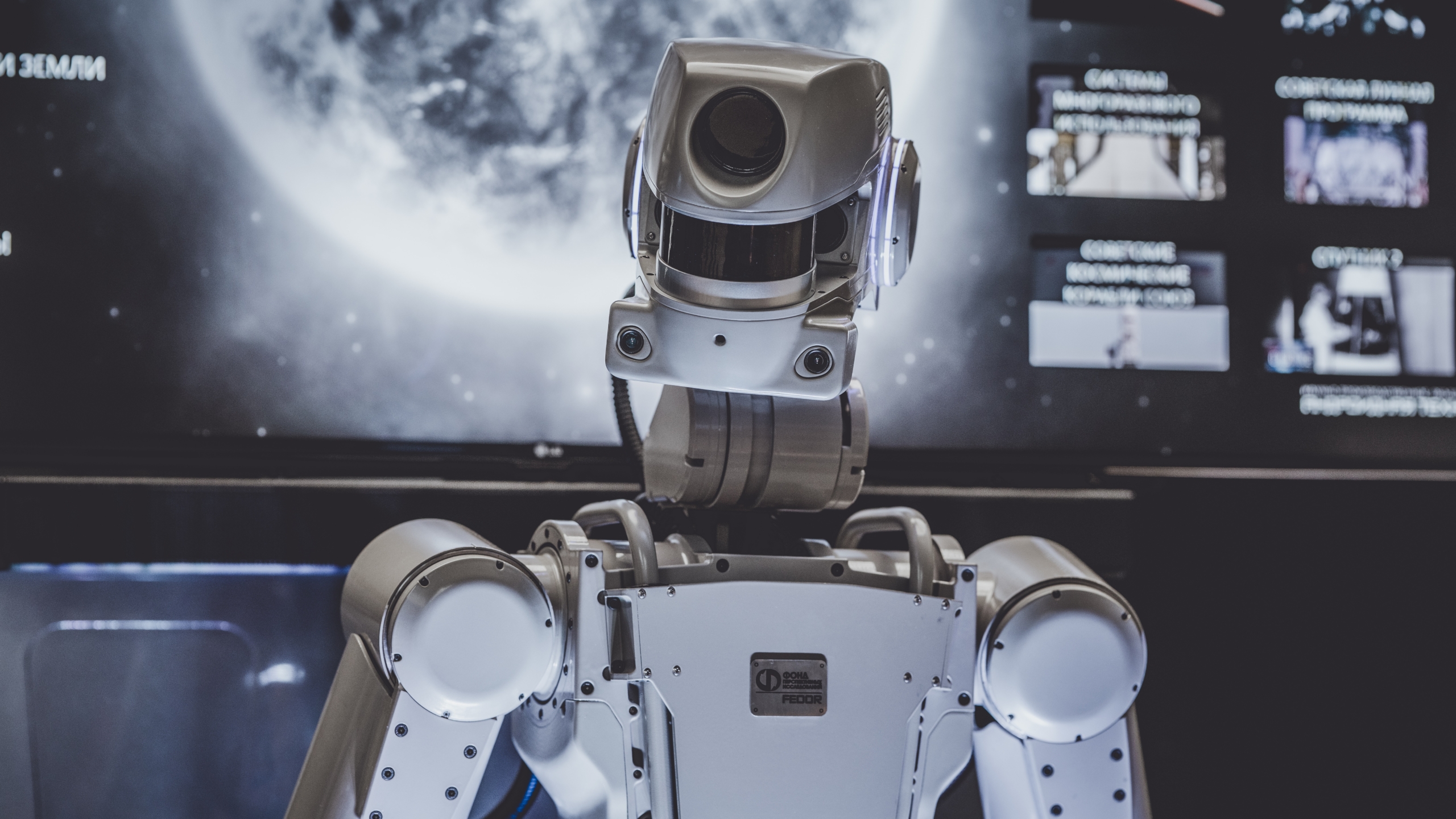Using Predictive Analytics to Improve Parking and Transportation

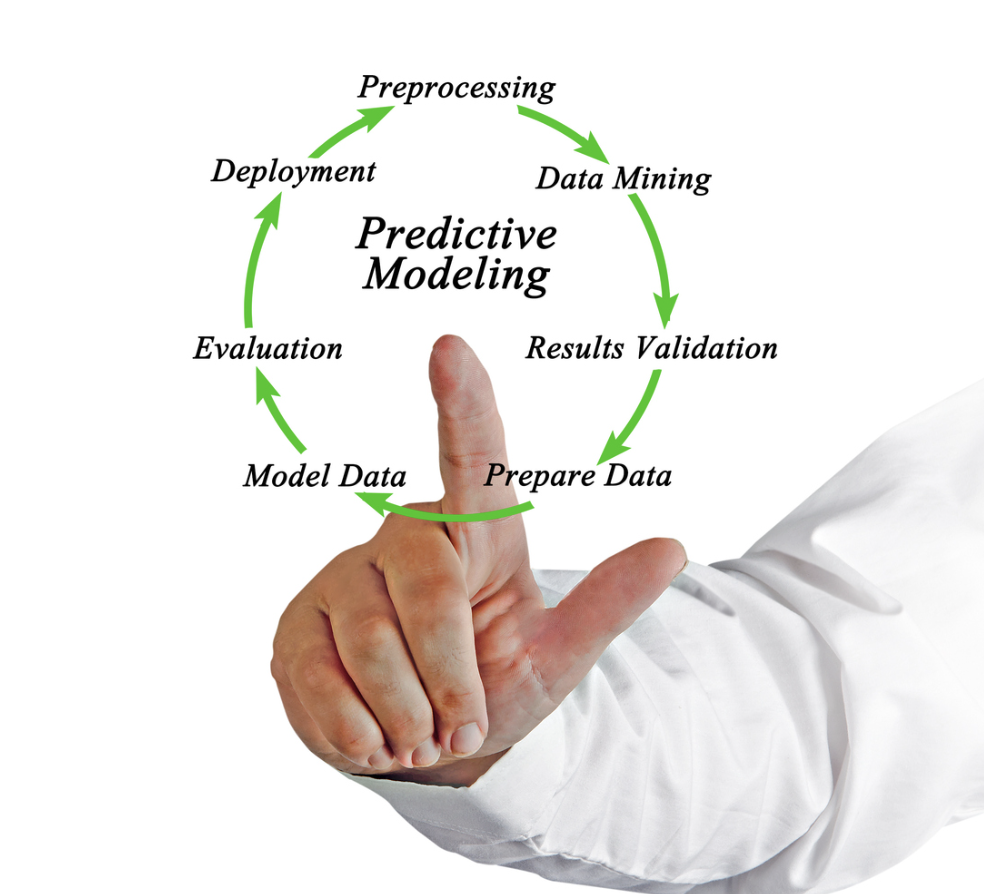
- July 2023
- Grant Furlane, LocoMobi World
As cities continue to grow and the number of vehicles on the road increases, parking and transportation have become major challenges for urban planners. However, with the advent of predictive analytics, it is now possible to optimize parking and transportation in ways that were previously unimaginable.
Predictive analytics involves using data, statistical algorithms, and machine learning techniques to identify the likelihood of future outcomes based on historical data. In the context of parking and transportation, this means using data on parking availability, traffic patterns, and public transportation usage to predict future demand and optimize services accordingly.
One of the most promising applications of predictive analytics in parking is the use of real-time data to guide drivers to available parking spots. By using sensors and cameras to monitor parking availability, cities can provide drivers with up-to-date information on where they are most likely to find a spot. This not only reduces congestion and frustration for drivers but also helps cities maximize the use of their parking resources.
Another area where predictive analytics can have a significant impact is in public transportation. By analyzing data on ridership patterns, cities can identify which routes are most popular and adjust service accordingly. This can include adding more buses or trains during peak hours or rerouting services to better serve areas with high demand. By optimizing public transportation in this way, cities can reduce congestion on the roads and provide a more efficient and reliable service for commuters.
Predictive analytics can also be used to improve traffic flow by identifying patterns and predicting congestion before it occurs. By analyzing data on traffic volume, speed, and accidents, cities can identify areas where congestion is likely to occur and take proactive measures to alleviate it. This can include adjusting traffic signals, rerouting traffic, or providing real-time information to drivers to help them avoid congested areas.
In addition to these applications, predictive analytics can also be used to improve safety and security in parking and transportation. By analyzing data on crime patterns and incidents, cities can identify areas that are at high risk for theft or vandalism and take steps to increase security measures. Similarly, by analyzing data on accidents and traffic violations, cities can identify areas where additional safety measures are needed, such as additional signage or speed limits.
Of course, like any technology, predictive analytics is not without its challenges. One of the biggest challenges is ensuring that the data used is accurate and reliable. This requires careful collection and analysis of data from a variety of sources, including sensors, cameras, and other devices. It also requires careful consideration of privacy concerns, as the use of such data raises questions about who has access to it and how it is used.
Another challenge is ensuring that the algorithms used in predictive analytics are transparent and understandable. This is particularly important in the context of parking and transportation, where decisions made by algorithms can have a direct impact on people’s lives. By ensuring that algorithms are transparent and understandable, cities can build trust with their citizens and ensure that decisions made are fair and equitable.
Despite these challenges, the potential benefits of predictive analytics in parking and transportation are too great to ignore. By using data to guide decision-making, cities can optimize their services in ways that were previously impossible. This not only benefits drivers and commuters but also helps cities reduce congestion, improve safety, and create more livable communities. As such, it is likely that we will see continued investment in predictive analytics in the years to come as cities seek to make the most of this powerful technology.
Locomobi World has successfully integrated its technology with predictive analytics. This has allowed them to provide their clients with a more efficient and effective service. By analyzing data and using algorithms, Locomobi World is able to predict future trends and patterns. This helps them to make informed decisions and provide their clients with the best possible solutions. The use of predictive analytics has also enabled Locomobi World to identify potential problems before they occur, allowing them to take proactive measures to prevent them. This has helped to minimize downtime and improve overall productivity. Additionally, Locomobi World’s predictive analytics technology has allowed them to optimize their operations, resulting in cost savings for their clients. Overall, Locomobi World’s use of predictive analytics technology has proven to be a valuable asset, providing their clients with a competitive advantage in today’s fast-paced business environment.
Recent posts


